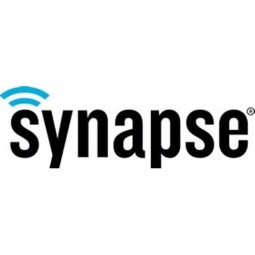Synapse Wireless
Case Studies
Making Landfills Safer
Overview
 |
Making Landfills SaferSynapse Wireless |

|
Application Infrastructure & Middleware - Data Visualization Functional Applications - Remote Monitoring & Control Systems Networks & Connectivity - Gateways Networks & Connectivity - RF Transceivers Networks & Connectivity - RFID Sensors - Gas Sensors | |
Cities & Municipalities | |
Business Operation | |
Remote Asset Management | |
Operational Impact
| [Efficiency Improvement - Operation] Reduced Time and increased efficiencies | |
| [Cost Reduction - Overall] Cost effective | |
| [Efficiency Improvement - Maintenance] Easy to use and maintain | |


